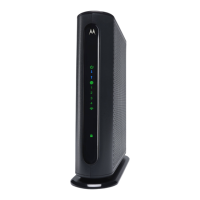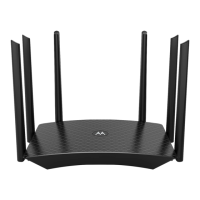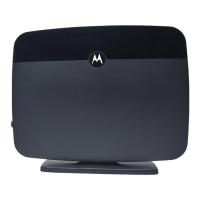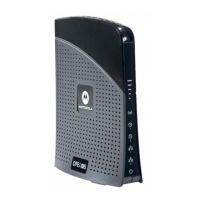Installation Guide 7
1.4 Site Preparation
• Consult your site survey and network analysis reports to determine specific equipment placement, port
capacity, power drops, and so on.
• Assign installation responsibility to the appropriate personnel.
• Identify where all installed components are located.
• Verify appropriate rack mounting requirements, as required.
• Provide a sufficient number of power drops for your equipment.
• Ensure adequate, dust-free ventilation to all installed equipment.
• Identify and prepare Ethernet and console port connections.
• Verify that cable lengths are within the maximum allowable distances for optimal signal transmission.
• Verify that the device is powered through an Uninterruptible Power Supply (UPS).
1.5 Selecting a Site
Switch units can be mounted in a standard 19 inch equipment rack or on a flat surface. Be sure to follow the
guidelines listed below when choosing a site:
• Locate the switch unit at the center of all devices you want to link and near a power outlet.
• Maintain a temperature range within 0
° to 50° C/32° to 122° F and humidity range within 10% to 90%
non-condensing.
• Provide adequate space (approximately 2 inches) on all sides for proper air flow.
• Confirm access for installing, cabling, and maintaining all devices.
• Install the switch unit so that status LEDs are clearly visible.
• Use only twisted-pair cables with RJ-45 connectors that conform to FCC standards.
• Ensure that twisted-pair cables are always routed away from power lines, fluorescent lighting fixtures,
and other sources of electrical interference, such as radios and transmitters.
• Ensure that the unit is connected to a separate grounded power outlet that provides 100 to 240VAC and
50 to 60Hz power levels.
• Ensure that the unit is within 6.6 ft / 2m of each device that is powered from an independent circuit
breaker.
• Use of a filter or circuit breaker is recommended.

